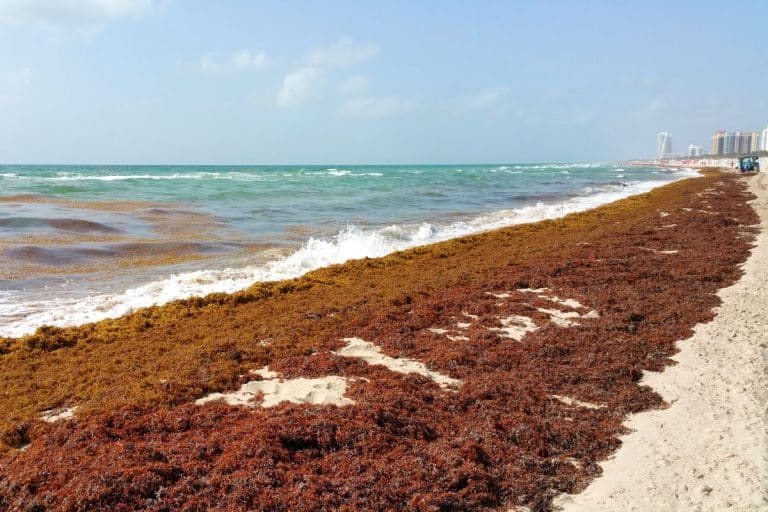Florida’s First Coast may be particularly nasty this summer. The Atlantic seaweed known as sargassum will be coming ashore and may be particularly plentiful this year.
Join our FB group where Florida’s locals post the latest photos and videos on Sargassum Seaweed in FL
Latest Update on Seaweed Situation in Florida:
May 1: Travelers and Tourists are reporting record arrivals of seaweed to Florida already
Activity in our dedicated FB reporting group “Sargassum Seaweed Updates Florida” has been increasing with daily updates of seaweed arrivals. Most of the places are already reporting record amounts ahead of the peak sargassum season.
Key West – Southernmost Point of the Continental USA (April 30)

Bahia Honda State Park (April 29)
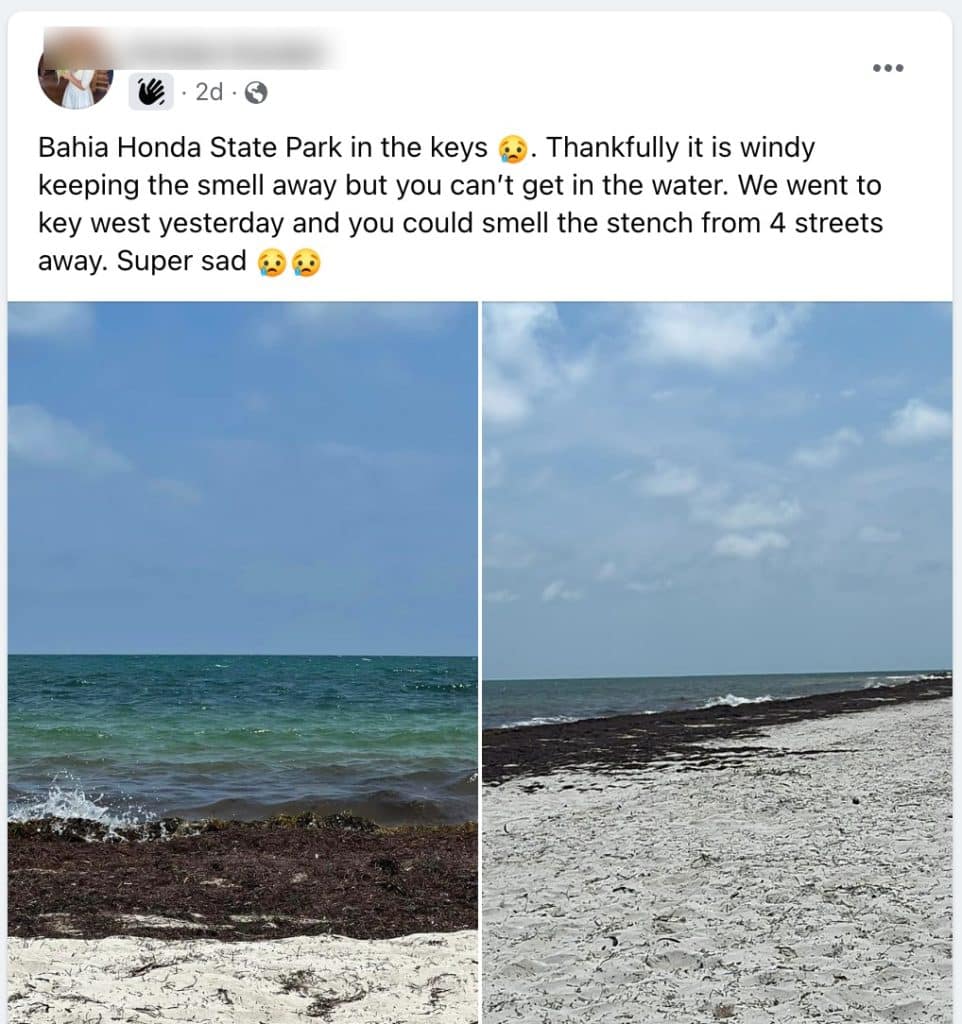
Jetty Park (April 29)
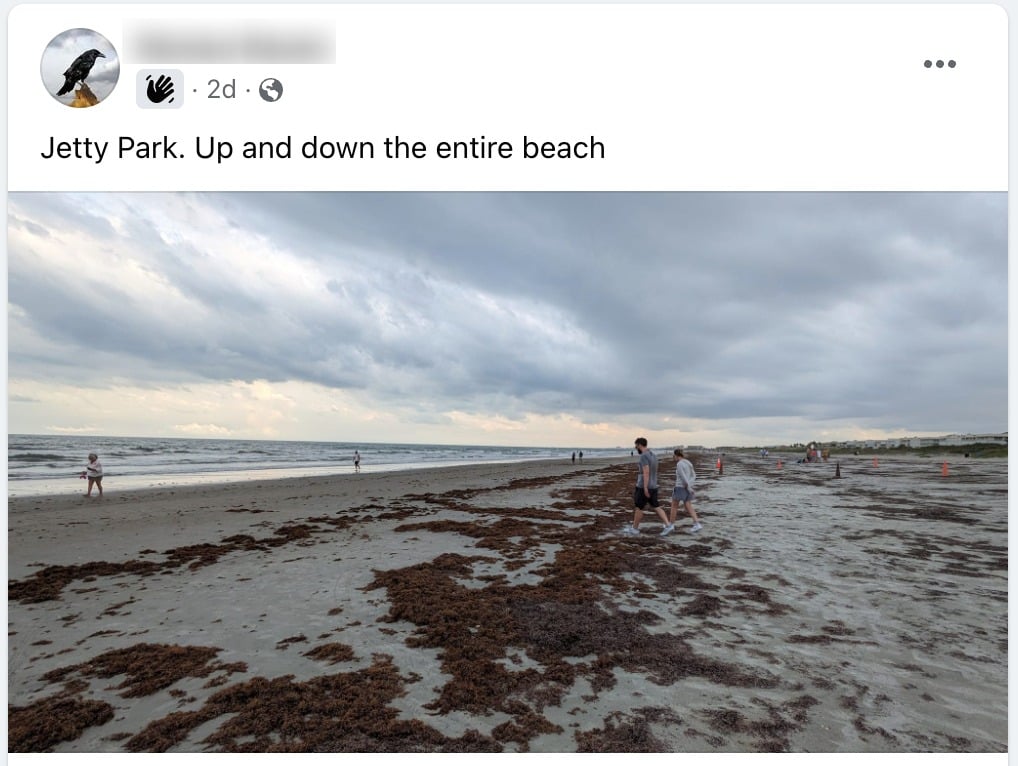
Cinnamon beach (April 29
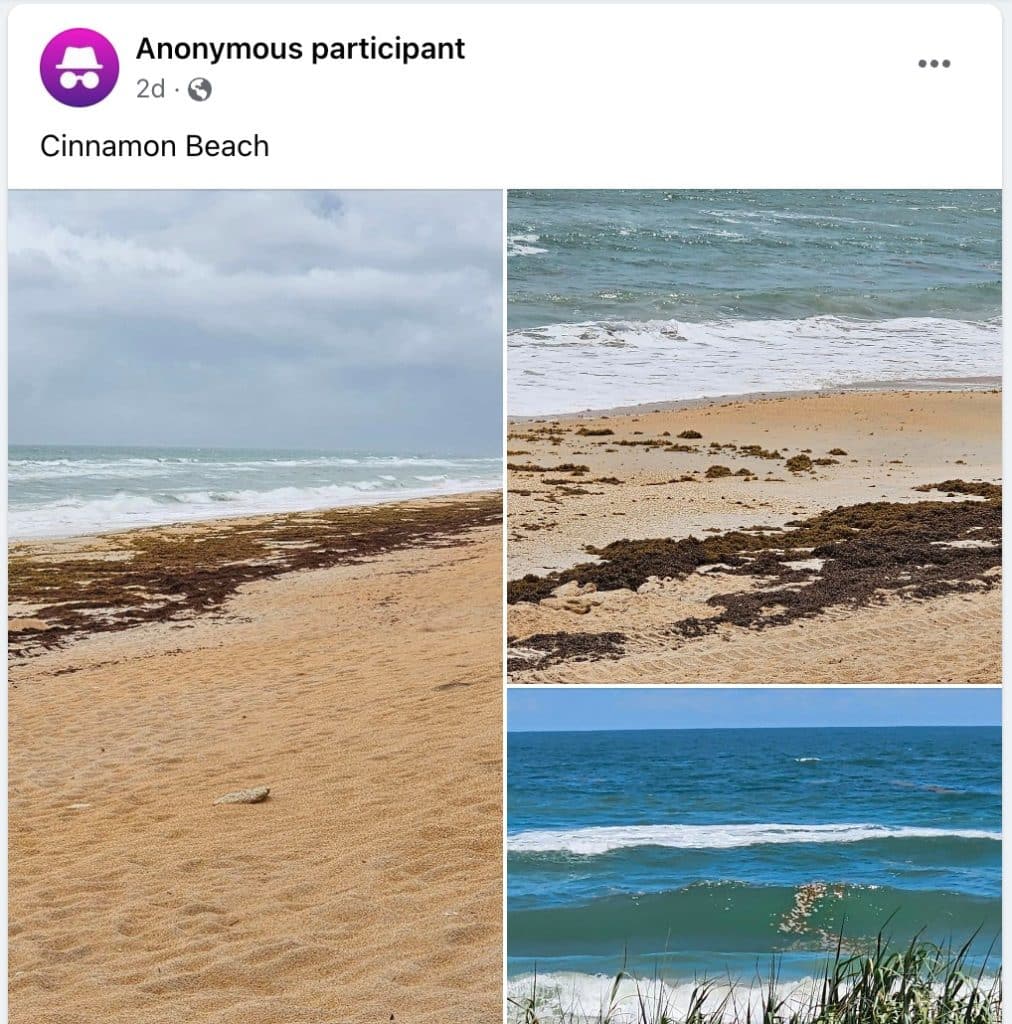
NBC NEWS Report:
April 12: Media start reporting the arrival of seaweed blob in Florida
A massive expanse of sargassum seaweed spanning 5,000 miles in width has made its way to the Florida Keys. On Easter Sunday, footage captured at Cocoplum Beach in Marathon, Florida, depicted the seaweed drifting onto the shore and accumulating in heaps along the beachfront.
FOX WEATHER REPORT:
WPLG Local 10 REPORT:
NewsNation REPORT:
March 17: 5,000-Mile-Long Seaweed Belt Heading To Florida, Mexico, And Dominican Republic
The Great Atlantic Sargassum Belt is a massive seaweed belt spanning 5,000 miles and weighing over 11 million tons. Its size is so vast that it is visible from space, stretching from West Africa to the Caribbean and posing a significant threat to coastal waters and beaches. Oceanographer Ajit Subramaniam speaks with John Yang to shed light on the topic.
—-
Dr. Chuanmin Hu, who studies sargassum and works at the University of South Florida, says: “Sargassum peaks in summer, in June in July, there is no exception,” explains Hu. “During winter months they typically stay rather low. But not this year. This January already set a record for all previous January months.”
Suggested: Latest Sargassum Seaweed Updates from Cancun Area
He continued by saying that the amount offshore at this time of year is four times what it usually is.
When asked why, Dr. Hu noted, “we don’t know, that is a direct answer”.
In prior years, he said, the culprits were often anything that added nutrients to the ocean’s surface, such as upwelling and mixing.
Dr. Melinda Simmons is a professor of marine sciences at Jacksonville University.
“I wish it was just one thing, but it is a combination of nutrients, and we think those are human sources,” she says. “A lot of it is river runoff. And then also Climate change, as these waters get warmer, and we are not having the reprieve with cold waters. And we sometimes can see these blooms on the trackers in the satellite data stretching from Africa to the Amazon and then up the coast of Florida.”
That’s one-way scientists track sargassum in the ocean and estimate how much there is.
“The sargassum has a very special color tone, that can differentiate itself from the background water, so even if there is a tiny different we can squeeze the signal out,” Hu added.
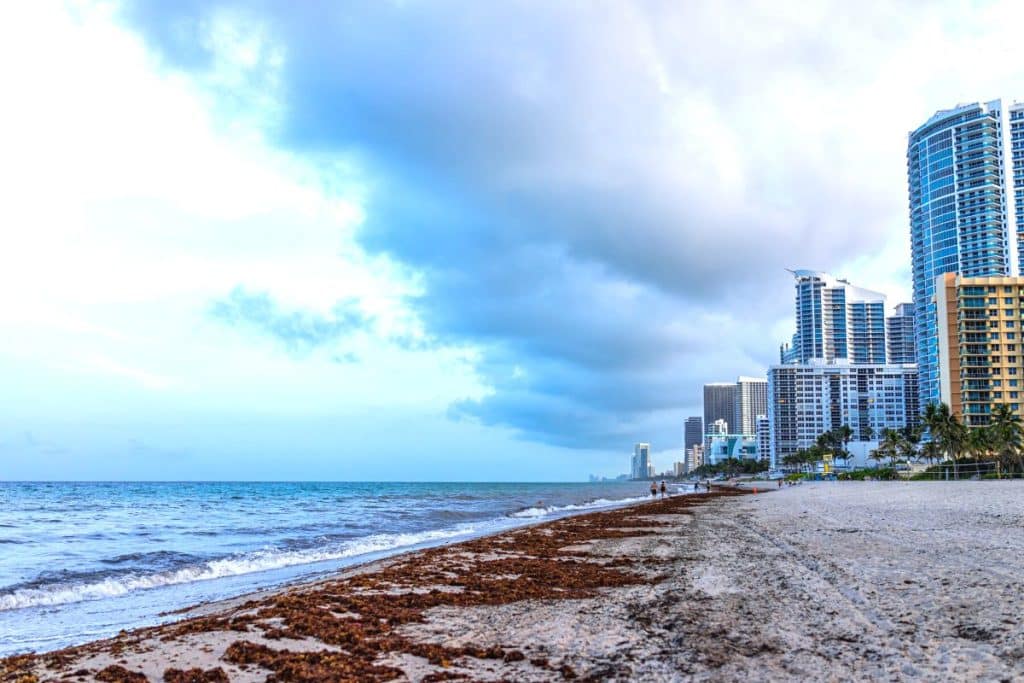
This allows them to determine how much is in the water.
The biggest concern is that these algae will make Florida’s beaches stink in the spring and summer.
“A record in January does not exactly mean a record in June. What is certain is 2023 will be a major sargassum year,” Hu said.
Is it, however, cause for concern?
Simmons said, “When it starts to break down it starts to release hydrogen sulfide and that can be an irritant for people who have asthma or breathing difficulties.”
She continued, “I think the major issue is it’s unpleasant. Whether you are swimming or wading in it it’s going to smell bad. And then people don’t want to come to the beach.”
What could be done? These are possible alternative uses of sargassum heading to Florida, according to a new startup
The surge of sargassum seaweed in recent times has triggered businesses to explore novel methods of eliminating it, and its potential uses are already manifold.
Scientists and entrepreneurs aspire to transform it into syrup, bricks, and conceivably even jet fuel. Carbonwave, an organization based in Boston and Puerto Rico, is utilizing it as a constituent in fertilizer, cosmetics, and even synthetic leather.

